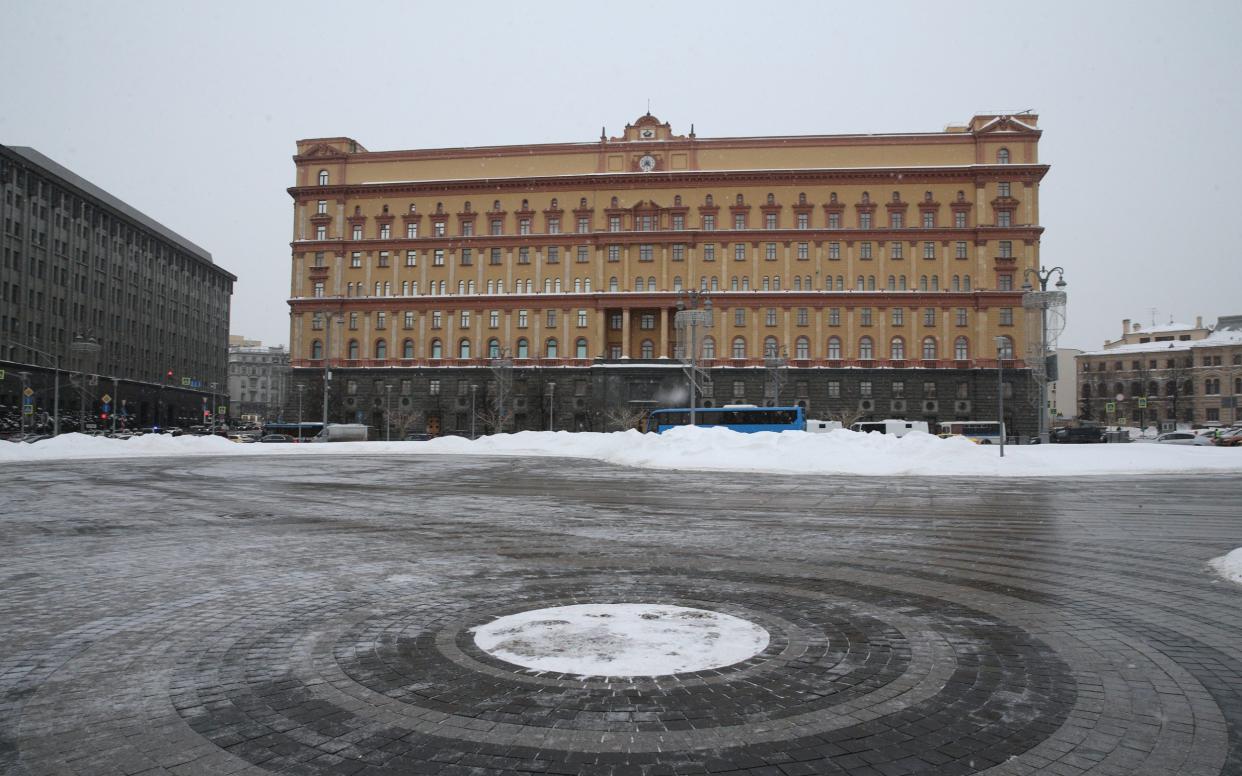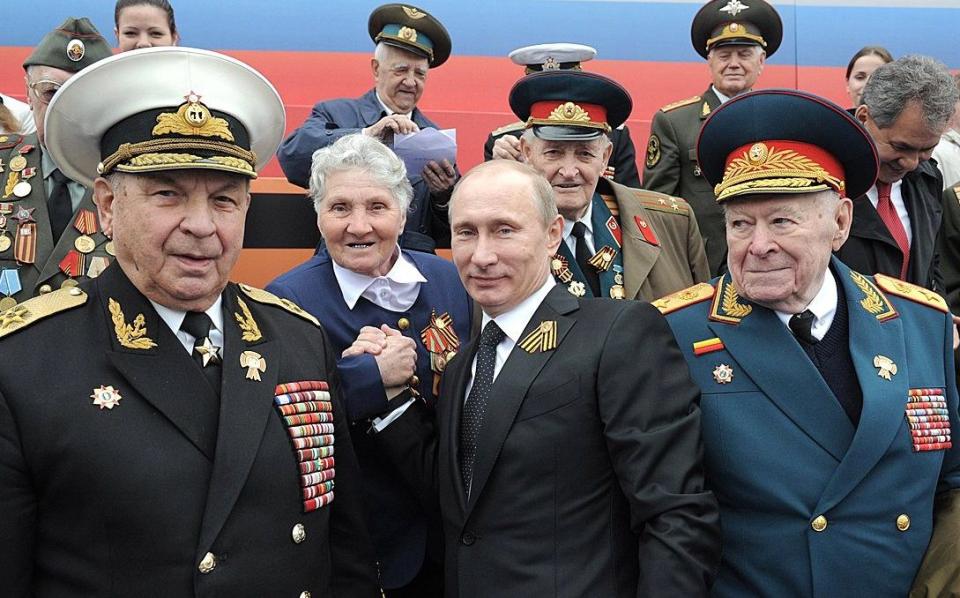The KGB’s dirty tricks were legion – but did they actually work?

- Oops!Something went wrong.Please try again later.
When Vladimir Putin invaded Ukraine in February 2022, he did not expect his latest imperial adventure to last more than a few weeks. In part this was hubris, in part a misunderstanding of the nature of the Ukrainian people; but in part it also reflected how his own spies were reporting that hundreds, if not thousands, of Ukrainian officials, soldiers and opinion-leaders were ready to throw in their lot with Moscow. They were not. Some were arrested, some switched sides, and many had simply been happy to string the Russians along – and pocket whatever money they could extract from their handlers – without any intention of betraying their country.
This shows one of the key challenges in addressing the importance of covert statecraft: it is easy to mistake activity for impact, until push really comes to shove. Mark Hollingsworth may be overstating the case when he claims that “covert operations were the chief weapon of Soviet foreign policy”, but they were a central element, to be sure, and Agents of Influence is a racy and readable account of a range of Soviet intelligence operations carried out during the Cold War, focusing in particular on attempts to smear, seduce and suborn Western parliamentarians and officials.
The scale, ruthlessness and (at times) imagination of the Soviet KGB’s activities comes across clearly, not least in the degree to which it was as happy to pimp its “swallows” and “Romeos” (female and male agents trained to seduce targets) as it was to forge incriminating documents and exploit dirty secrets. At the same time, however, it’s hard to conclude that much of this made a great deal of difference. If one considers, for example, the apparent successes of disinformation campaigns, from incendiary fake correspondence to the attempt to paint Aids as the result of an American biowarfare programme – Operation Denver, not Infektion, as Hollingsworth claims – they worked largely because they suited the interests and prejudices of target audiences.
For instance, the “anti-imperialist” movement in the Global South was predisposed to see the West behind all its woes. Racist letters sent to African diplomats at the UN, ostensibly by Americans, were taken as evidence of what they already assumed, rather than necessarily changing any minds. Likewise, the leak in 1980 of the so-called “Holocaust Papers”, purporting to be top-secret US war plans which would see Western Europe sacrificed to a Soviet invasion, caused a storm within the anti-nuclear movement. Yet even so, the latter were already up in arms about the arrival of Cruise and Pershing II missiles. Besides, the missiles were still deployed.
Yes, secrets were stolen, and the careers of some outspoken critics of the USSR were ended. Widen the aperture, though, and did any of this really matter? Hollingsworth is so committed to depicting these activities as a massive and insidious threat, and exploring the more lurid and exciting world of forgeries and honey-traps, that he too rarely addresses this fundamental question. Near the end, he rightly notes that it was two more conventional agents, Aldrich Ames and Robert Hansson, inside the CIA and FBI, respectively, who helped to bring the Cold War to an end. The materials they provided demonstrated that, contrary to the paranoid fantasies of earlier generations of Soviet leaders, the West was not actively committed to the destruction of the USSR. Ironically, of course, this only empowered Mikhail Gorbachev to try to reform the system, which actually did lead to the Soviet Union’s collapse. History has a sense of humour, but often a dark one.

As a romp through the racier side of Cold War espionage, Agents of Influence is undoubtedly a fun read. Yet Hollingsworth is less confident in his handling of the scene since the end of the Cold War – or perhaps we should be calling it “the most recent Cold War”. The Federal Security Service (FSB) is consistently described as the successor to the KGB, but the Foreign Intelligence Service (SVR), which took over the lion’s share of KGB espionage activities, is mentioned only twice in the entire book.
Likewise, Hollingsworth claims that the FSB has 387,000 officers and the GRU (the military intelligence service) another 380,000, and draws comparisons with the UK’s total, across all the comparable services, of fewer than 17,000. This is misleading. The FSB has under 100,000 officers of its own (still very high), and then has formal control over a further 200,000 border guards. As for the GRU – more properly called the GU these days – its numbers are unclear, but either way there are only 380,000 troops in the whole Russian Ground Forces. Overall, these muddy numbers are not only unconvincing, but they are part of a clumsy attempt to give the book contemporary relevance that actually detracts from its real value – as an almost picaresque tale of the extremes to which the KGB would go in its desperate and ultimately futile struggle with the West.
Mark Galeotti’s Putin’s Wars: from Crimea to Ukraine is out now. Agents of Influence by Mark Hollingsworth is published by Oneworld at £18.99, To order your copy, call 0844 871 1514 or visit Telegraph Books

